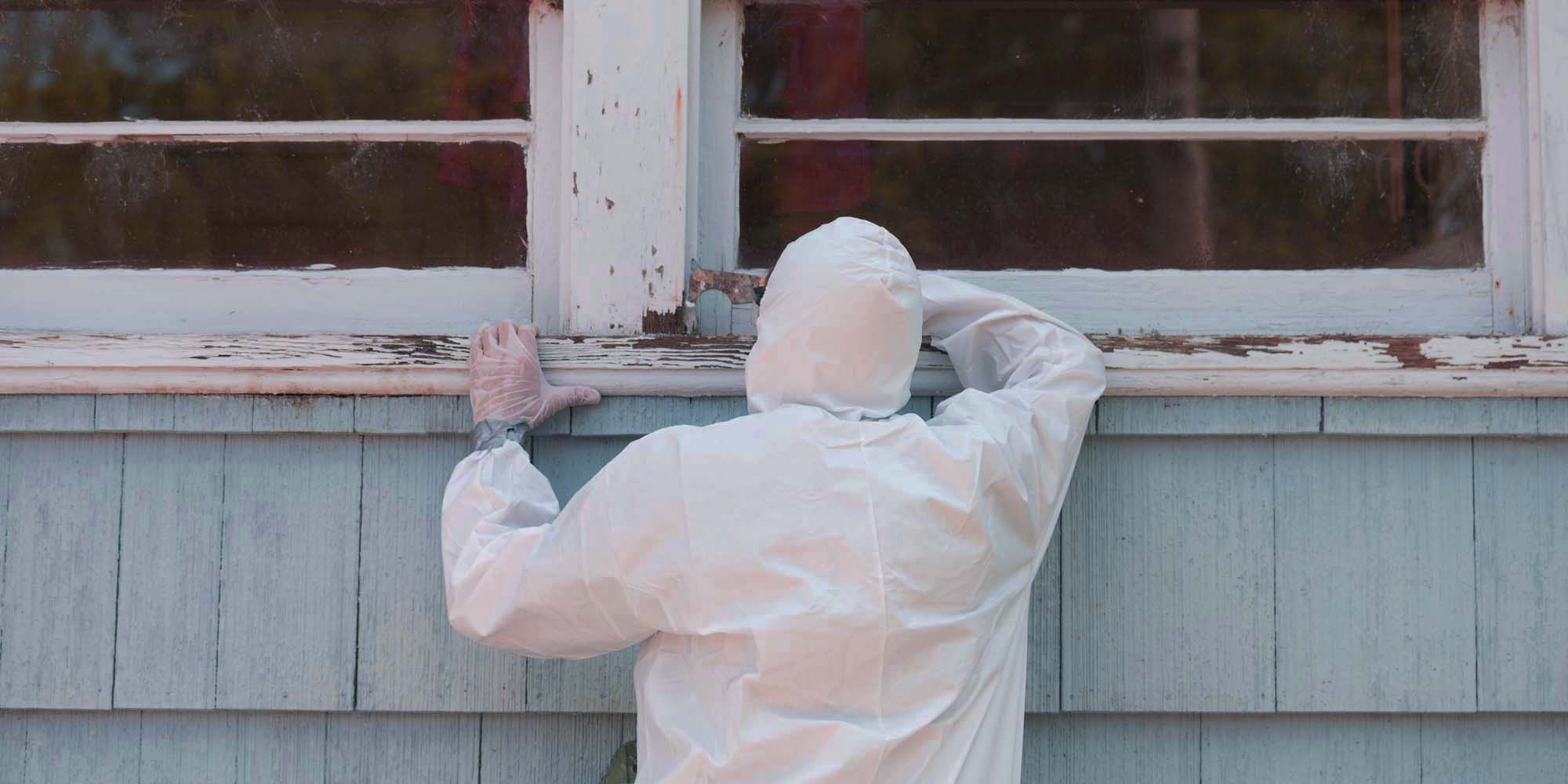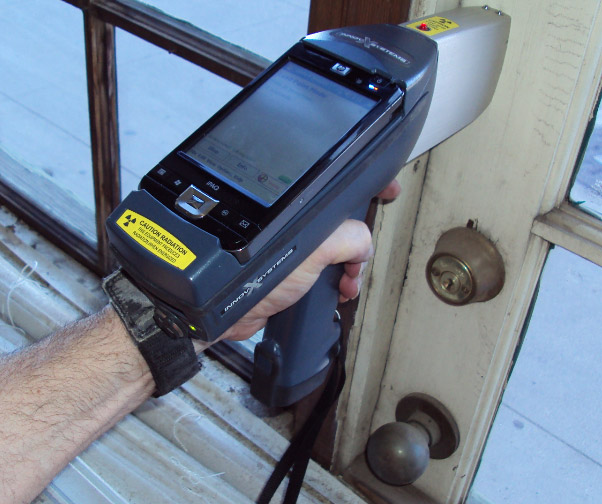Essential Tools and Techniques for Efficient Lead Offense Cleaning
Addressing lead offenses efficiently requires an extensive approach that mixes the right tools with calculated methods. Concurrently, the usage of specialized cleaning tools, such as HEPA vacuum cleaners and lead-specific cleansing agents, is necessary for comprehensive contaminant elimination. Effective control methods, consisting of plastic sheet and negative air pressure systems, are necessary to avoid the spread of dangerous products.
Personal Protective Equipment
Individual safety tools (PPE) is a crucial component in the effective monitoring of lead contamination cleanup. PPE offers as an essential obstacle, safeguarding employees from the unsafe effects of lead exposure, which can result in severe health consequences. The necessary PPE for lead clean-up consists of respirators, protective apparel, gloves, and eye security. Each kind of devices is particularly developed to alleviate different threats related to lead fragments and dust.
Respirators, particularly those geared up with HEPA filters, are important for filtering system air-borne lead fragments, stopping breathing. Safety clothing, consisting of coveralls and disposable suits, prevents lead dust from adhering to employees' garments, reducing the danger of second contamination.
Moreover, extensive training on the right usage and upkeep of PPE is necessary. Employees need to be informed on putting on and doffing procedures to prevent contamination. Normal assessments and substitutes of PPE components are required to preserve their safety capabilities, making certain a risk-free and compliant clean-up procedure.
Specialized Clean-up Tools

Another necessary device is the wet/dry vacuum, which can properly tidy up both dust and fluid pollutants. These vacuum cleaners typically include HEPA filters to give an added layer of safety and security. Wet cleans or tack fabrics are likewise critical for surface area cleansing; they are particularly designed to record and hold lead fragments, reducing the risk of spreading out contamination.
For more persistent down payments, specialized lead-removal cleaning representatives are required. These representatives are formulated to damage down lead fragments, making them much easier to remove. Scrub brushes with tough bristles can assist in this process, especially on harsh surfaces where lead dust tends to stick much more strongly.
Furthermore, encapsulants are utilized to secure lead-contaminated surface areas, stopping the launch of lead dust. These specialized paints and finishings are created to abide by numerous substratums, offering a lasting remedy for lead control.
Effective Control Techniques
Reliable control approaches are vital in mitigating the spread of lead contamination during clean-up activities. Applying robust containment directory techniques guarantees that lead bits do not migrate to unaffected locations, therefore protecting both workers and the environment. One primary approach is the use of plastic sheeting to seal off infected zones. Sturdy polyethylene barriers can be mounted from floor to ceiling to create a controlled workspace, considerably decreasing the danger of air-borne lead dirt dispersal.

To improve containment, encapsulants can be put on surface areas that are not being removed or disrupted. These specialized layers bind lead dirt, minimizing its schedule for resuspension. In addition, all employees should use suitable Personal Protective Devices (PPE), consisting of respirators and disposable suits, to avoid contamination spread.
Safe Disposal Practices
Ensuring safe disposal practices is an essential component in the monitoring of lead contamination cleanup. Appropriate disposal mitigates the danger of lead re-entering the atmosphere and endangering public health. The initial action is to identify and set apart lead-contaminated waste from various other products. Secure control utilizing durable, watertight containers is necessary to stop spillage throughout transportation.
Delivering lead waste calls for adherence to rigorous standards. Making use of certified dangerous waste providers ensures that the materials are dealt with sensibly. Paperwork, consisting of manifests describing the type and amount of waste, need to come with deliveries to track the waste from the site of beginning to its final disposal location.
Designated dangerous waste disposal centers are furnished to deal with lead-contaminated materials safely. These centers often employ advanced methods such as stablizing, solidification, or chemical therapy to counteract the lead before disposal. Landfilling in specialized, lined locations that avoid leachate from contaminating groundwater is a typical method for final disposal.
Normal training for workers associated with lead garbage disposal is important to preserve security requirements and prevent unintentional exposure. By sticking to these techniques, companies can considerably reduce the ecological and health and wellness effects related to lead contamination.
Regulatory Compliance Tips

Following regulatory conformity is critical more tips here in the effective implementation of lead contamination clean-up. Understanding and following federal, state, and neighborhood guidelines guarantees not only the security and health of individuals but additionally the lawful and economic health of the cleaning organization. The Environmental Defense Company (EPA) sets rigorous criteria, such as the Lead Restoration, Repair Work, and Painting (RRP) Regulation, which mandates proper qualification and training for service providers taking care of lead-based activities.
Conformity begins with a detailed evaluation of appropriate legislations and policies. Organizations has to stay upgraded on any legislative modifications, which can be helped with through regular training sessions and registering for industry updates. Documents is another essential compliance facet; maintaining detailed records of all tasks, consisting of examination reports, staff member training logs, and disposal shows up, is crucial.
In addition, involving with licensed lead examiners or run the risk of assessors makes sure that lead hazards are appropriately determined and reduced. Employers have to enforce making use of Individual Safety Tools (PPE) and make certain that safety methods are purely adhered to. Last but not least, transparent check here communication with stakeholders, including staff members, clients, and regulative bodies, will foster a culture of compliance and responsibility, ultimately contributing to a more secure and a lot more effective lead cleaning procedure.
Verdict
Reliable lead offense cleaning necessitates the combination of specialized devices and tactical methods to make sure security and effectiveness. Personal safety equipment (PPE) safeguards employees from direct exposure, while secure disposal practices and rigorous adherence to regulatory compliance are crucial for sensibly managing hazardous waste.